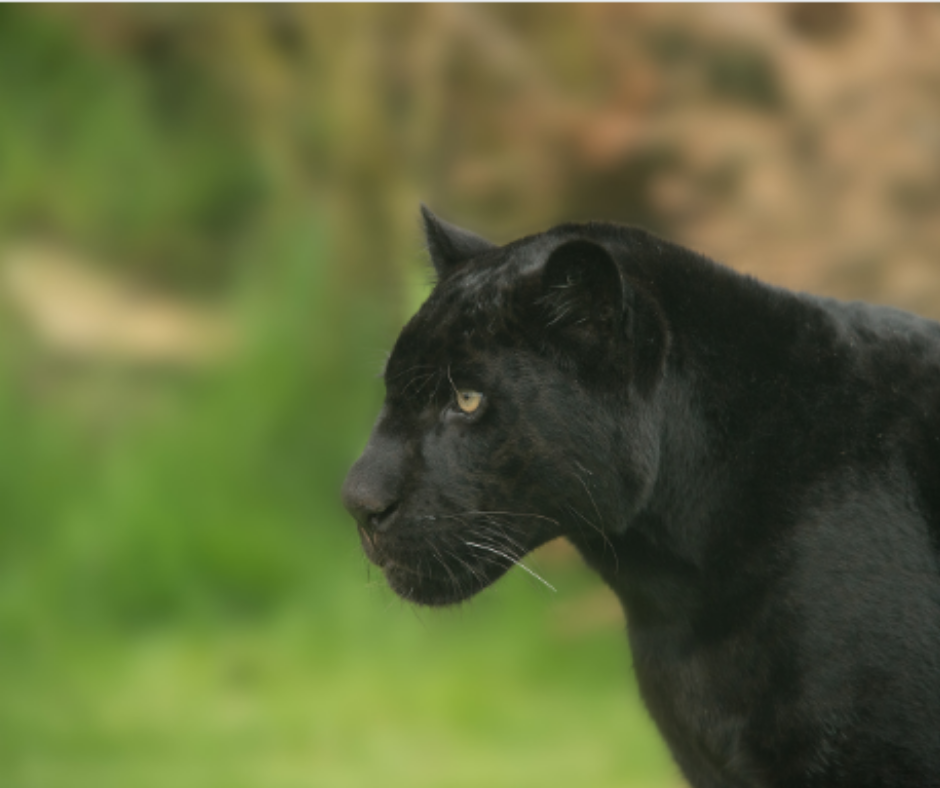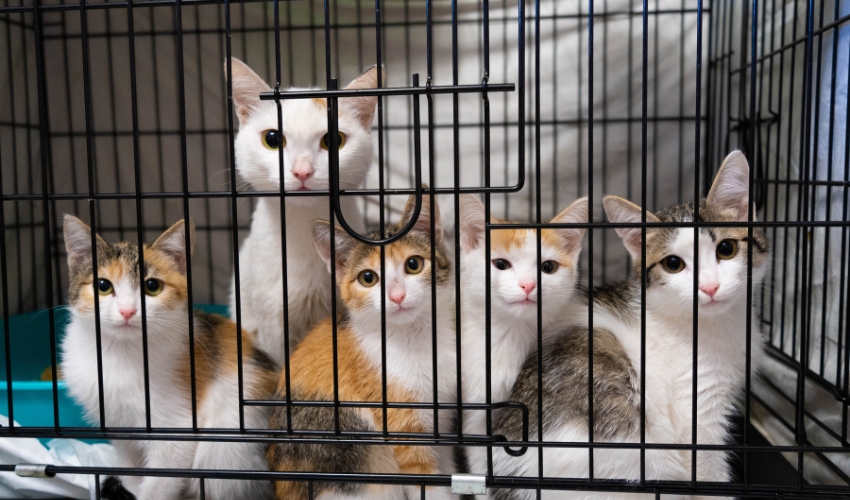
Did you know that up to 200 species of plants, insects, and animals go extinct every 24 hours? That’s crazy! And what’s worse is that we humans are at the top of the list of why this is happening. We believe, however, that if we work together and become more open to making compromises and sacrifices, we can make the world a better place for everyone and everything that’s in it.
Oftentimes we forget that everything in this world is connected and we all play a role in the ecosystem. Many of us may not realize this now, but our lives are very much dependent on the lives of other species. Birds, for example, pollinate 5% of plants that we consume as food and use as medicine; and tigers, as apex predators, help keep the number of herbivores at bay, making sure that there’s enough vegetation for everyone. Even ants have a crucial role in the environment!
If we continue to live lifestyles and support companies and businesses that are pushing hundreds of species into extinction, we’ll be setting ourselves up for a future that lacks biodiversity. What’s so important about biodiversity, you ask? Biodiversity, or the presence of a wide variety of species on the planet, is the main reason why we have food, clean water, medicine, clothes, and oxygen. Apart from it, all life on earth will cease to exist.
In celebration of National Endangered Species Day, let’s recognize the top 9 most endangered species in the world and learn what we can do to keep them and other species from vanishing from the face of the planet.
Gorillas
According to the International Union for Conservation of Nature’s or IUCN, Cross River Gorillas and Mountain Gorillas have been classified as Critically Endangered since 1996. Out of the two, Cross River Gorillas are considered as the most endangered species of gorilla, with only less than 300 of them remaining in the wild. As for Mountain Gorillas, there are now only 1,000 left.

Amur Leopard
Often hunted and killed for their beautiful fur, Amur Leopards are classified as Critically Endangered, with only 84 existing in the wild and 180 living in captivity. Other reasons as to why these amazing wild cats are on the brink of extinction include the destruction of their habitat due to agricultural practices and human settlement.

Sea Turtles
There are two species of sea turtles, in particular, that are on their way to extinction: the Hawksbill Turtle and the Leatherback Turtle. Slaughtered for their eggs, meat, skin, and shell, these turtles are in a constant battle with poaching and overexploitation. Habitat destruction, water pollution, and climate change also play a role in the endangerment of sea turtles.

Sumatran Orangutan
Due to illegal hunting, illegal pet trade, deforestation, and continuous habitat loss because of palm oil plantations, Sumatran Orangutans have been on the list of Critically Endangered species for quite some time now, with only 7,500 of them remaining in the wild.

Sumatran Elephant
Just like the Sumatran Orangutan, Sumatran Elephants are classified as Critically Endangered. Their population is now down to 2,800 because of palm oil plantations, deforestation, agricultural practices, and human settlement.

Vaquitas
Have you heard of the world’s smallest cetacean known as the Vaquita? They’re the most endangered marine mammals in the world and there are only 10 to 15 of them left in the wild.

Tigers
Similar to the Amur Leopard, the Tiger is normally killed for their beautifully patterned fur. Out of the nine species of Tiger, three have already gone extinct. Right now, the South China Tiger (with only about 20 left) and the Sumatran Tiger (with less 400 remaining in the wild) are the most at risk for extinction.

Rhinos
There are three species of rhinos that have been classified as Critically Endangered by the IUCN: the Javan Rhino, with merely 67 of them left in the wild; the Sumatran Rhino, with only about 80 existing today; and the Black Rhino, which, fortunately, had their population grow from 2,410 to about 5,000 today with the help of the World Wildlife Fund.

Pangolins
Pangolins are the most poached and trafficked animals in the world because their scales can be sold in the black market for over 3,000 dollars per 1 kilogram. If you’re wondering why that is, you can blame superstition. The Chinese believe that the scales of Pangolins can treat a wide variety of conditions and in Africa, their meat is used for rituals.

7 Ways You Can Help Endangered Species
1. Educate yourself, as well as your family and friends, about endangered species present in your area.
2. Reuse, reduce, recycle. One of the best ways to help all living things, endangered or not, is to lead a sustainable lifestyle.
3. Dispose of your waste properly. Land and water pollution is becoming a big problem and it’s one of the reasons why many species die a slow and agonizing death.
4. Make a habit of growing native plants. Growing native plants in your backyard not only helps to keep invasive plant species away but also provides a food source for native insects, like butterflies and bees, as well as birds.
5. Refrain from buying plastic products. Using less (or better yet, none at all) means that you don’t contribute to the growing problem that is plastic pollution, which kills up to 100 million marine mammals every year.
6. Support wildlife conservation organizations. Whether through donating or volunteering, helping these underfunded organizations allows them to do more and save more animals.
7. Be a Wise and Compassionate Traveler. Avoid supporting businesses that profit off of exploiting animals, like circuses, elephant rides/painting, aquariums, and marine “abusement” parks (looking at you Seaworld). It’s also best to wary of the souvenirs you’re buying because sometimes we may not realize that we’re paying for something from the black market (e.g. tortoise shells, corals, ivory).











